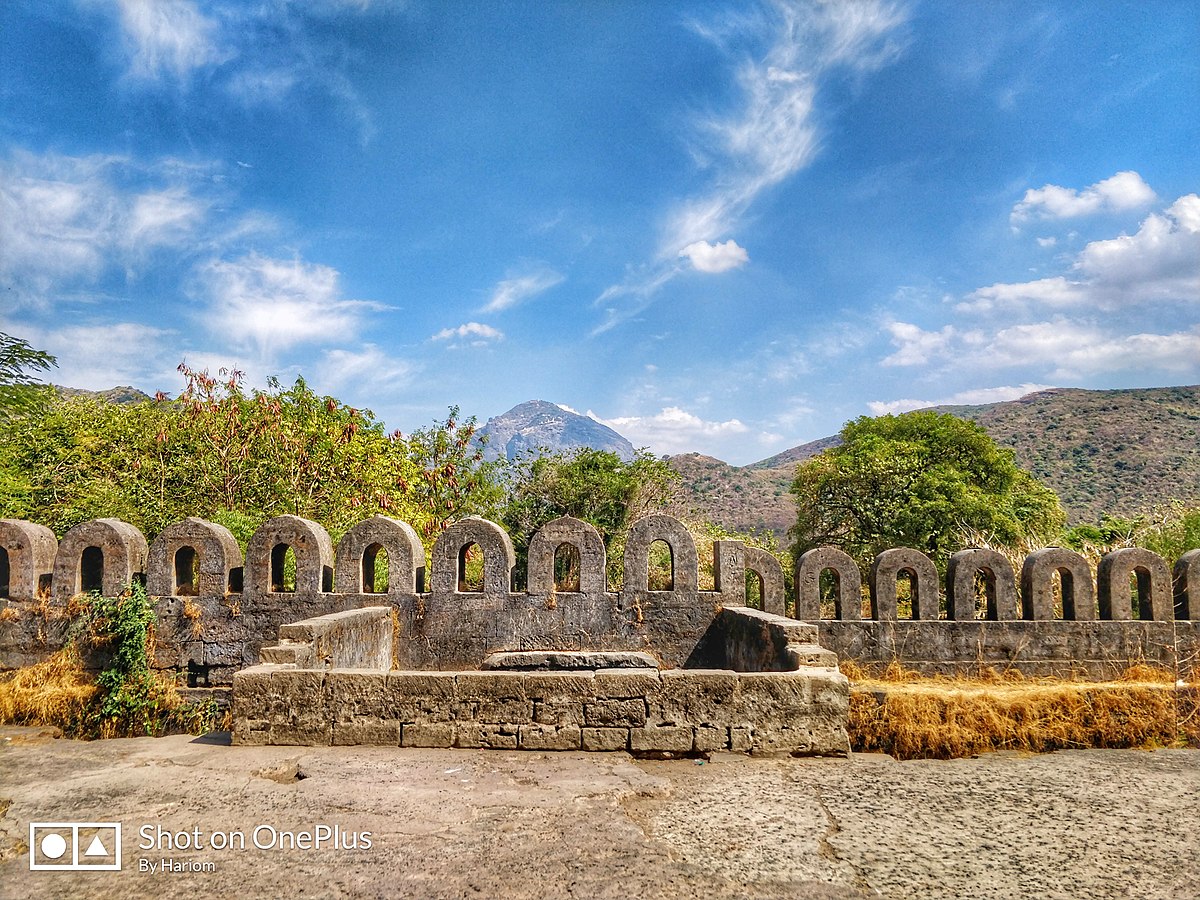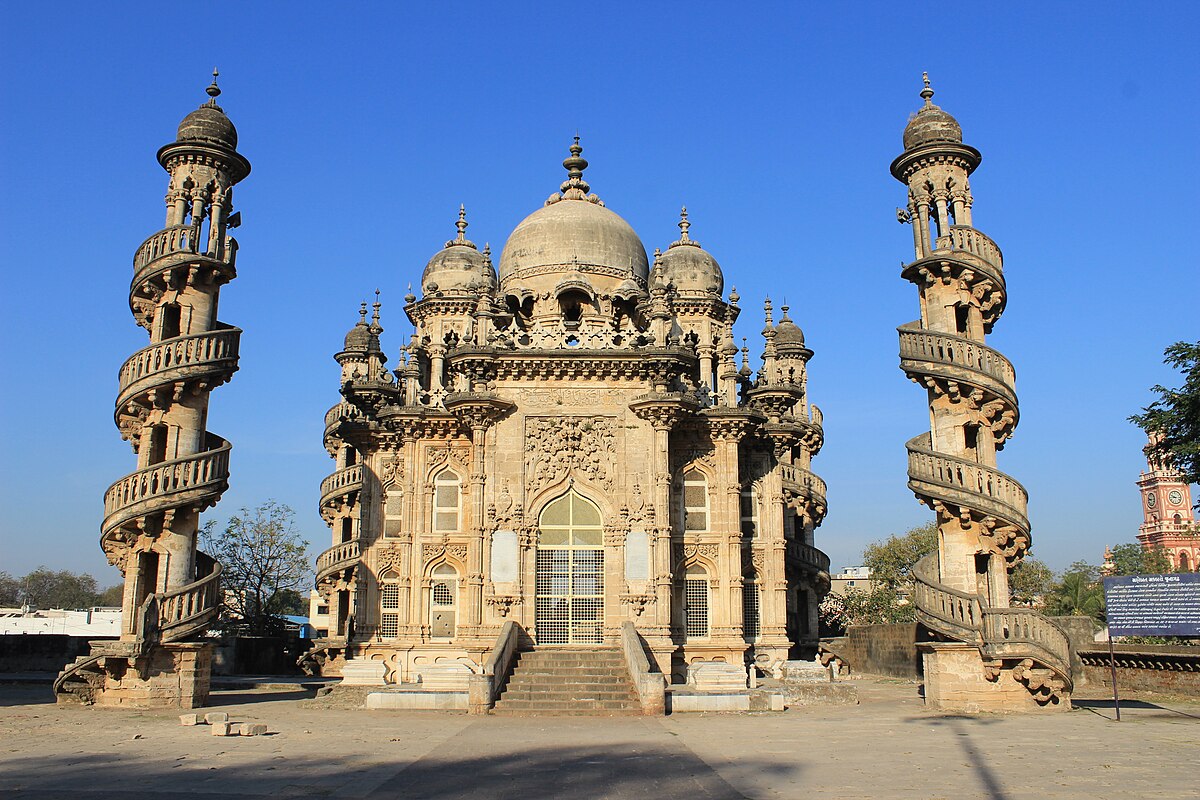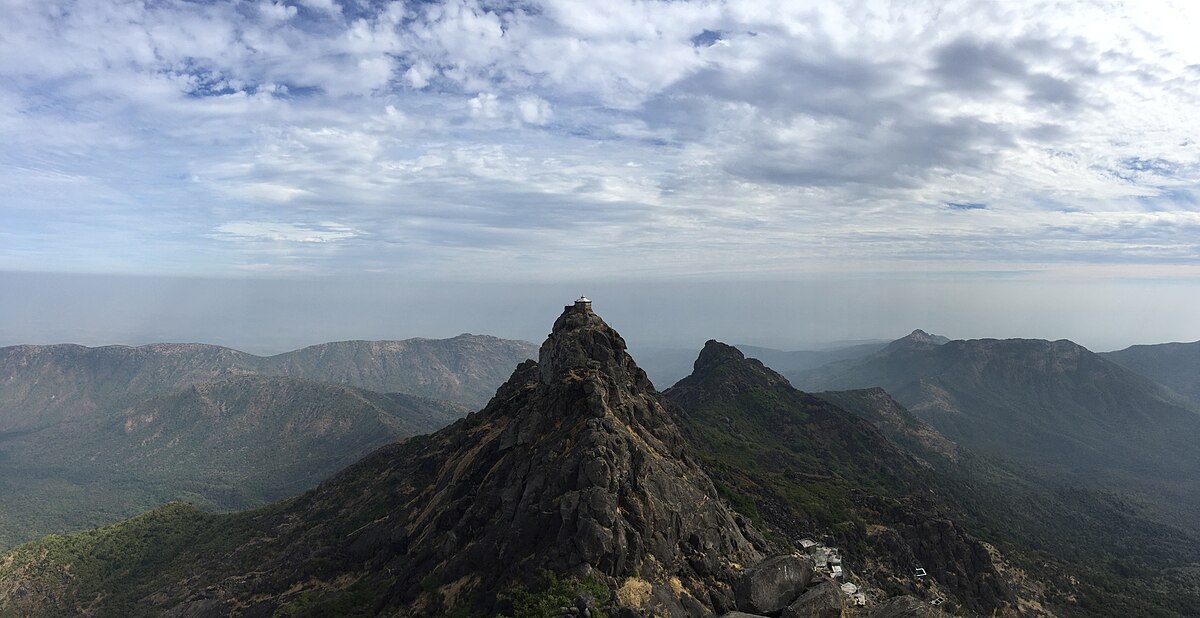September 15, 1947
The Decision
Nawab Mohammad Mahabat Khanji III of Junagadh chose to accede to Pakistan, ignoring Mountbatten's views that only states sharing a common border with Pakistan could choose to accede to it. The Nawab argued that Junagadh adjoined Pakistan by sea.


